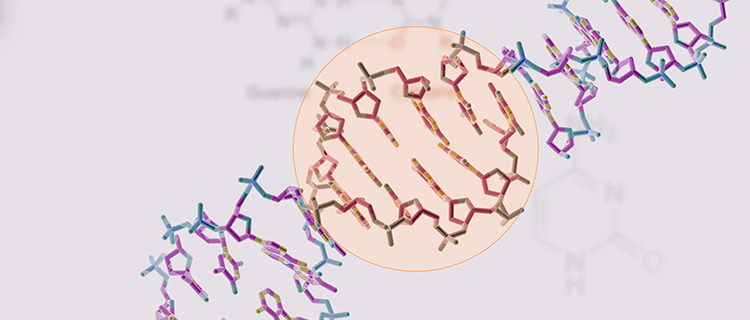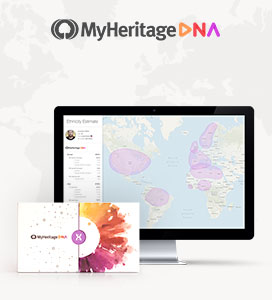The Basics about DNA

What Exactly Is DNA?
DNA is the blueprint for who you are. You inherited 50% of your DNA from your mother and 50% from your father, who inherited half of their DNA from each of their parents. That’s why relatives often look alike — you share a lot of the genetic makeup that determines who you are.
The Structure of DNA
DNA is short for deoxyribonucleic acid and is a molecule made up of 4 types of nucleic acids: A, T, G, C. These 4 nucleic acids are connected in a long sequence. That sequence, or long molecule of DNA, is the basis for everything that goes on in your body. That’s why DNA is often referred to as genetic “code,” because a sequence of DNA reads something like ATCCCGTCGGCTAT. 99% of your total DNA sequence is the same as everyone else’s — that’s why people have more traits in common, like two arms and two legs, being warm-blooded, and dehydrating if they don’t drink enough water — than traits that differ. The 1% of your DNA that is uniquely yours is where all of your differences are written, from your own specific eye-color to your genetic predisposition for developing Alzheimer’s. Decoding that 1% can reveal a lot about you and the ancestors you inherited it from that you couldn’t know otherwise.
DNA and Your Body
You are born with your genetic code and that code stays the same your entire life. That’s why a DNA test won’t tell you anything about a person’s age — your DNA sample as a baby and as a grandparent looks exactly the same. As you grow and develop and age, cells copy their contents and then split into identical daughter cells. Then those cells copy the contents again, and split again. This happens millions of times and every now and then, mistakes are made when copying the DNA in preparation for the two new daughter cells to each receive a copy of your DNA. The cell has a number of mechanisms for correcting mistakes. In those cases, you’d never even know a mistake was made in the first place and all carries on normally. In other instances, for various reasons, correcting the mistake will not be possible, and that can result in a number of different genetic conditions, like certain cancers.
DNA, Your Family, and Your Past
Since your DNA was passed down through the generations, decoding your DNA allows you to read a small piece of your ancestors’ DNA and learn more about where they were from. You can also compare your unique segments to those of other people who have gotten their DNA test results, and use any shared sections to identify a common ancestor and determine how you are related.

